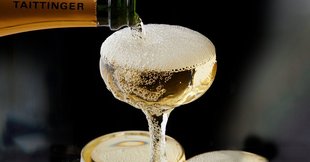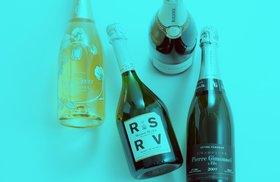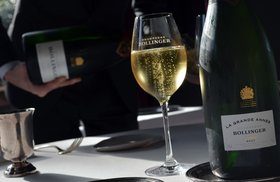10 Exceptional Vintage Champagnes You Shouldn't Miss in 2025
Like all Champagnes, vintage Champagne is also a blend of Chardonnay, Pinot Noir, and Pinot Meunier — but all harvested in just one year.
The best vintage Champagne bottles are prized for their complex notes and investment potential, which stem mainly from scarcity and meticulous winemaking practices.
Let’s dive into 10 vintage Champagnes worth buying in 2025, explore the vintage years that truly stand out, and break down how vintage bottles differ from non-vintage options.
We’ll also walk you through tips to invest in the finest vintage Champagnes through Vinovest.
Further reading
- Tour the World of Champagne to discover top producers, the bottles to buy, serving tips, and more.
- Discover the exotic wine styles of Champagne Baron Fuente, along with the finest bottles to buy and food pairing ideas.
- Also, check out the Best Champagne Glasses to serve your favorite sparklers.
This Article Contains
- 10 Best Vintage Champagnes to Buy in 2025
- What Are the Best Champagne Vintages?
- Vintage Champagne vs Non-Vintage Champagne: Similarities and Differences
- Build Your Collection of Fine Vintage Champagnes With Vinovest
10 Best Vintage Champagnes to Buy in 2025
Below are 10 vintage Champagnes you could consider adding to your wine collection:
- 1995 Krug Clos d’ Ambonnay Blanc de Noirs Brut ($4,131)
- 2008 Moet & Chandon Brut Rose Grand Vintage ($89)
- 1921 Pol Roger Vintage Brut ($3,701)
- 1949 Louis Roederer Cristal Millesime Brut ($3,180)
- 1976 Lanson Vintage Collection Brut ($564)
- 1973 Bollinger La Grande Annee Brut ($613)
- 1989 Pommery Cuvee Louise Brut Millesime ($355)
- 1947 Dom Perignon Brut ($8,000)
- 2016 Bollinger PN Brut ($119)
- 2018 Piper-Heidsieck Brut Vintage ($68)
1. 1995 Krug Clos d’ Ambonnay Blanc de Noirs Brut ($4,131)
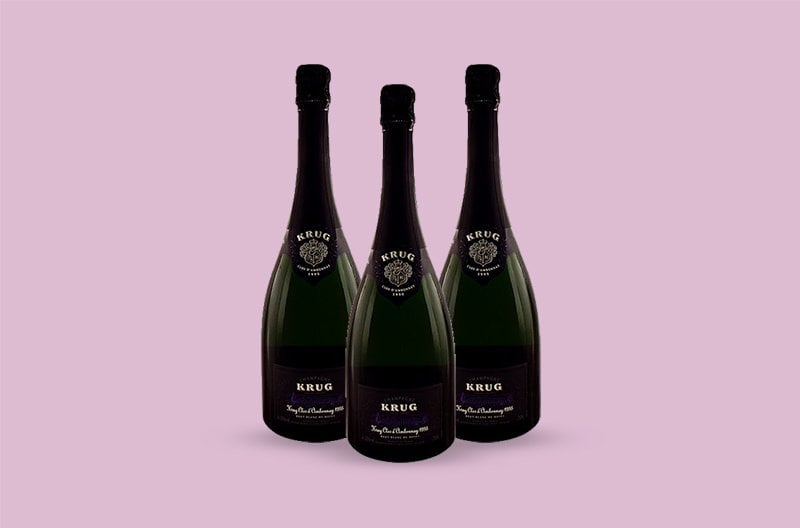
This Brut Krug vintage bottle has an enchanting flavor of lemon, stone fruit, apple peel, toast, caramel, and flowers.
2. 2008 Moet & Chandon Brut Rose Grand Vintage ($89)
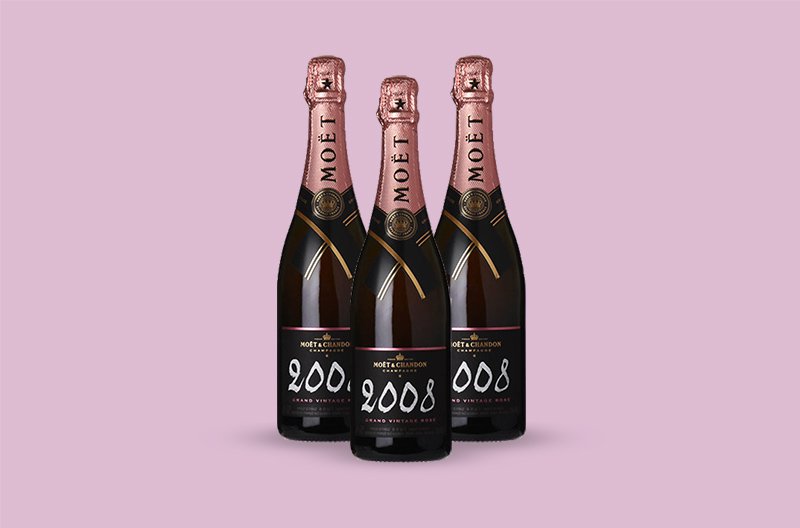
This fantastic Rose Champagne boasts tart red berries and orange rind flavor, minerals, and a smoky intensity.
3. 1921 Pol Roger Vintage Brut ($3,701)
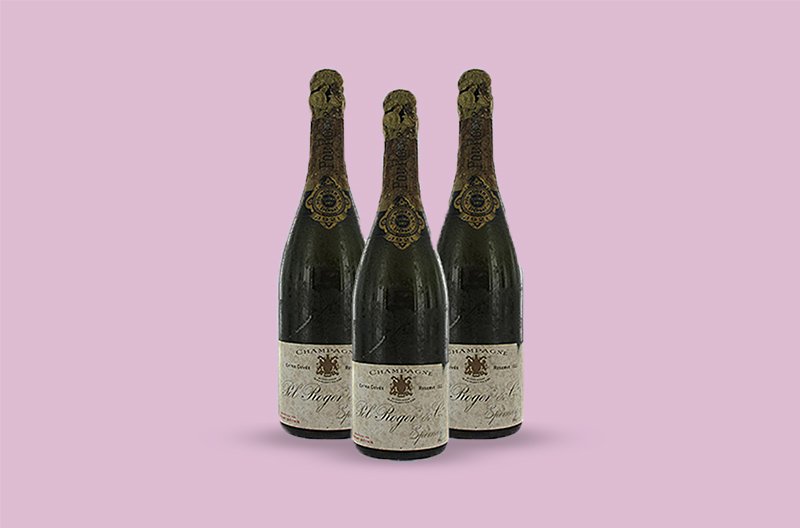
This Champagne Cuvee is worthy of your cellar, offering a lively color in the glass with a very gentle mousse. The flavors of this sparkling wine include hints of chocolate, honey, and cream.
4. 1949 Louis Roederer Cristal Millesime Brut ($3,180)
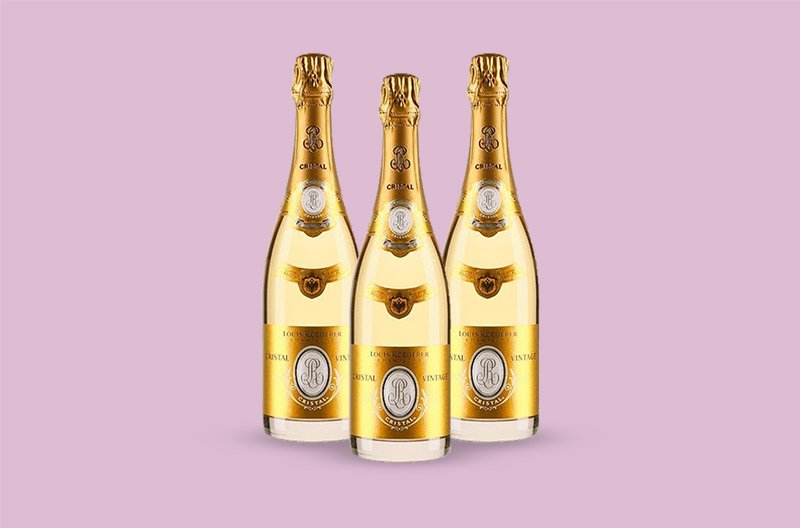
The palate is characteristic of a Chardonnay: smooth and delicate with a notable sweetness. Stone fruit and floral notes combine with a chalky minerality to create a superb palate.
5. 1976 Lanson Vintage Collection Brut ($564)
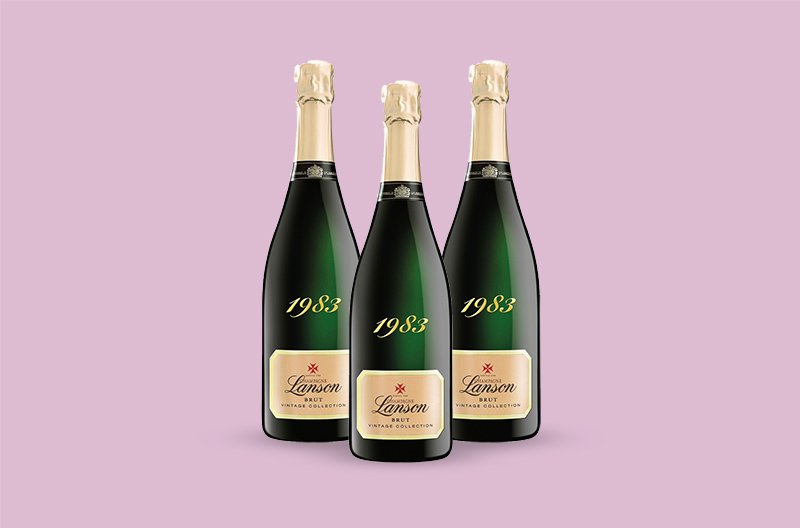
On the palate, the Lanson 1976 vintage bottle offers notes of nuts and yeast with a very subtle mousse.
6. 1973 Bollinger La Grande Annee Brut ($613)
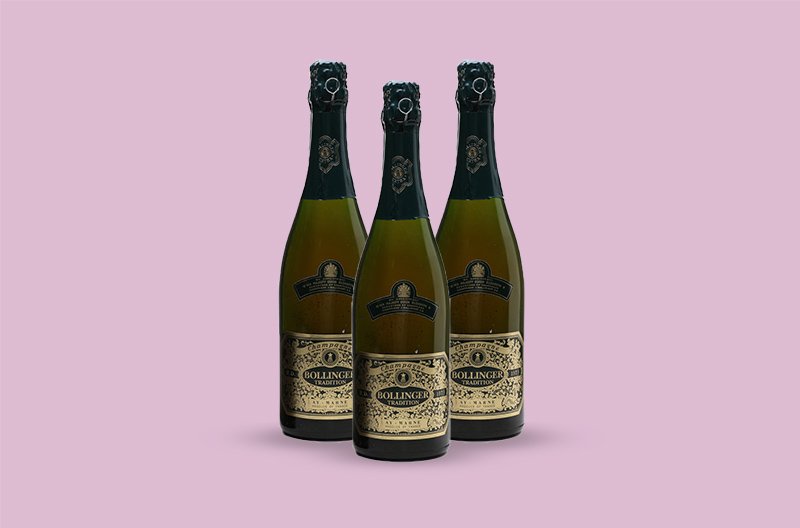
This Champagne offers a unique combination of freshness and vivacity. The nose has a delicate and complex aroma, while the palate showcases yellow fruit, biscuits, and toasted nut flavors.
7. 1989 Pommery Cuvee Louise Brut Millesime ($355)
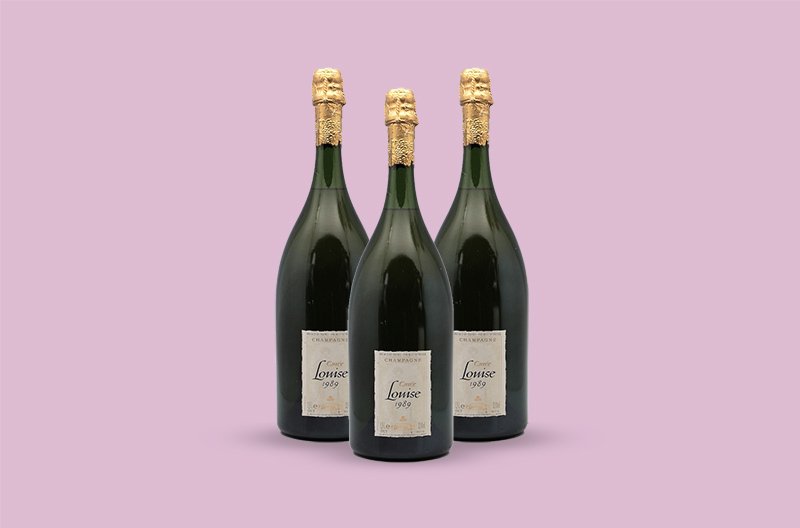
This Champagne offers a rich aroma of earth, yeast, white fruit, and minerals. The palate has notes of fruit, coffee, and hazelnuts surrounded by distinct lemon acidity.
8. 1947 Dom Perignon Brut ($8,000)
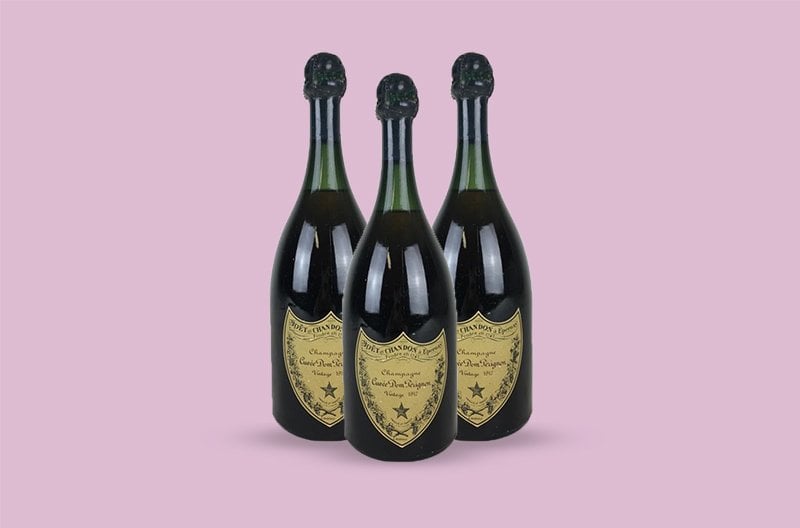
This prestige Cuvee from the renowned Champagne house offers a complex taste that includes robust flavors of apricots, minerals, and apples.
9. 2016 Bollinger PN Brut ($119)
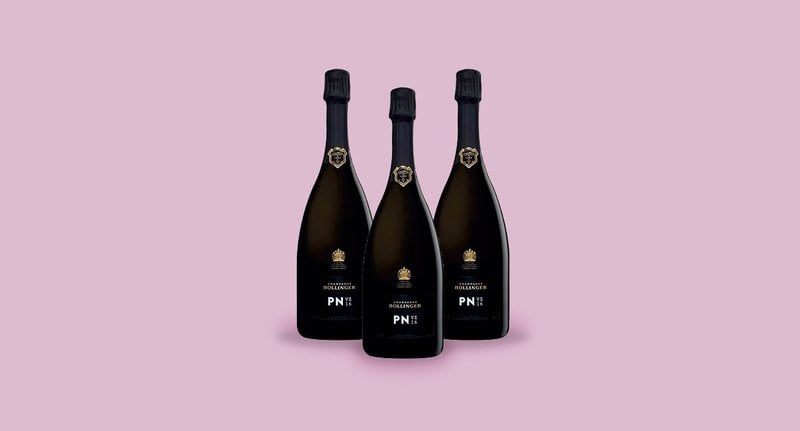
Made entirely from Pinot Noir, this vintage opens with inviting notes of red berries, hazelnut, and buttery shortbread. The palate is fresh and lively at first, then unfolds into rich layers of peach and toffee, finishing smooth and full with plenty of aging potential.
10. 2018 Piper-Heidsieck Brut Vintage ($68)
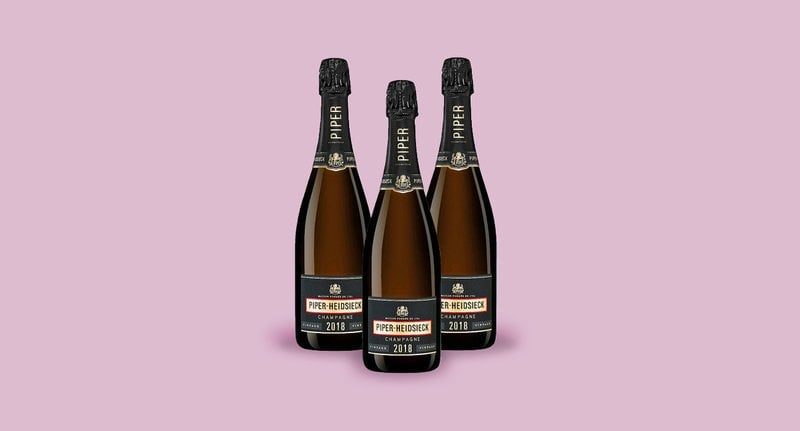
This wine opens with aromas of red berries, quince, and gentle spice, along with hints of toast and citrus zest. The palate shows crisp acidity and fine mousse, with layers of pineapple and raspberry.
Now, you may be wondering…
What Are The Best Champagne Vintages?
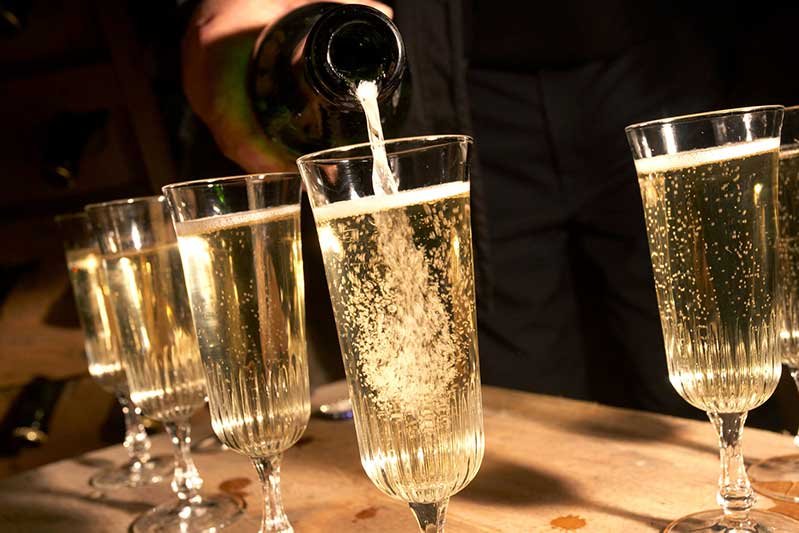
There are several vintages widely regarded as the best.
- Best Champagne vintages of the 2000s: 2000, 2002, 2008, 2012, 2013, and 2014
- Best Champagne vintages of the 1990s: 1995, 1996, 1997, and 1999
- Best Champagne vintages of the 1980s: 1982, 1985, 1988, and 1989
But what exactly sets vintage Champagnes apart from non-vintage ones?
Let’s find out.
Vintage Champagne vs Non-Vintage Champagne: Similarities and Differences
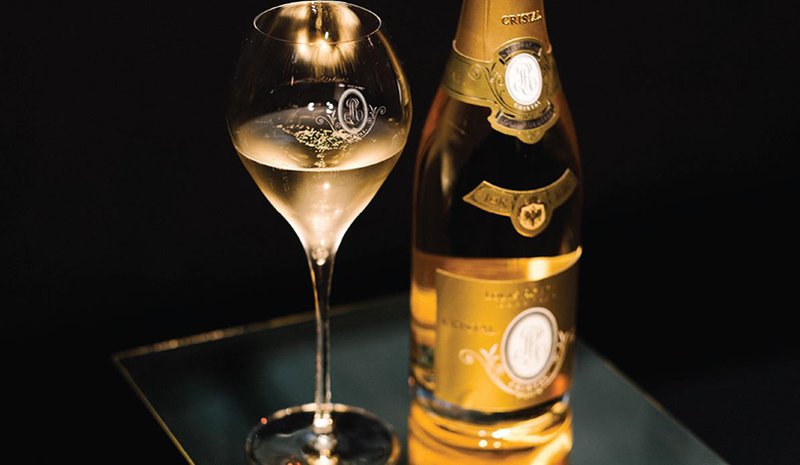
Each year, varying weather conditions in the Champagne region affect the grape ripeness, leading some to be better than others. As a result, producers only declare a harvest worthy of a vintage bottling around two or three times a decade.
Both non-vintage and vintage Champagne are usually a blend of three main grape varieties - Chardonnay, Pinot Noir, Pinot Meunier (and sometimes the four rarer Champagne grapes as well.)
However, 80 - 90% of Champagnes are non vintage cuvees. That’s because Champagne houses often keep reserve wine in tanks and blend them with wines produced from the current year to ensure consistency.
So, how is vintage Champagne different from non-vintage?
The primary differences between vintage and NV Champagne include:
- Grapes: Champagne qualifies as vintage only if all grapes come from a single year’s harvest. Non-vintage Champagne includes a blend of three to five vintages.
- Aging: Vintage Champagne is aged for at least three years on lees (dead yeast), compared to 15 months for non vintage wines.
One common misconception is that vintage bottles are better than NV Champagne. While ample time and effort go into producing a vintage wine, the taste and quality will also depend on the terroir, your personal preference, and the talent of the Chef de Cave. So it’s good to be open to trying both.
Here’s a tip: When looking to add a vintage wine to your cellar, look for “Premier Cru” or “Grand Cru” on the label, indicating the Champagne is of top quality.
So, how do you invest in these fine bottles?
The easiest way is through a trusted wine investment platform like Vinovest, which handles everything for you — from selecting and buying to storing and selling your fine wines.
Build Your Collection of Fine Vintage Champagnes With Vinovest
Whether you’re buying Champagne for a special occasion or long-term investment purposes, knowing which bottles to choose — and how to buy them — makes all the difference.
Vinovest takes care of the entire process.
It’s a reputable platform that lets you buy, store, and sell sought-after wines that offer lucrative returns.
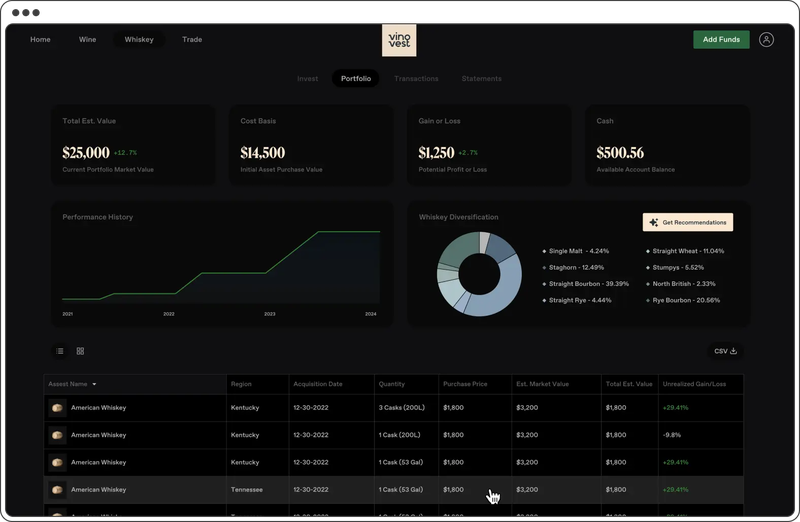
Here are some of the benefits of investing through Vinovest:
- The platform sources investment-worthy vintages at the best prices from top merchants and exchanges.
- Vinovest stores your wine bottles in bonded warehouses under perfect conditions.
- With Vinovest, you can curate your wine portfolio with help from Master Sommeliers and AI-driven models.
- The Vinovest platform ensures your collection is fully insured and tax-efficient, with no red tape.
So, how do you get started?
All you need to do is:
- Sign up in minutes.
- Fund your account.
- Sit back and watch your portfolio grow.
To get an idea of the attractive returns you can potentially get through Vinovest, check out these recent wine exits:
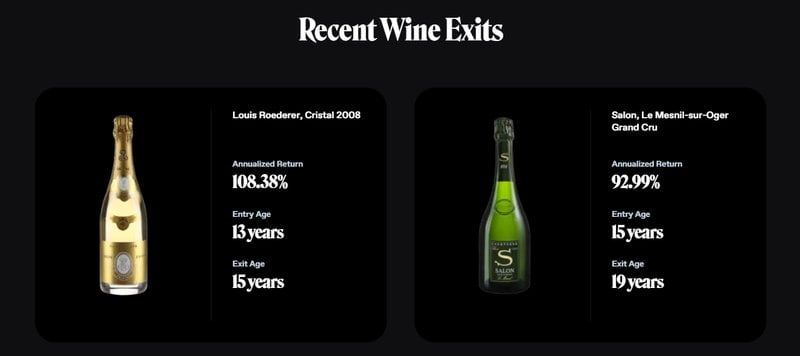
So why wait?
Sign up on Vinovest today and turn your Champagne passion into a smart investment.
